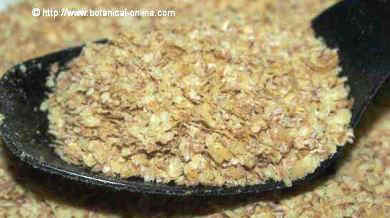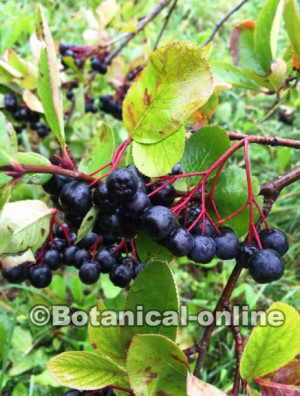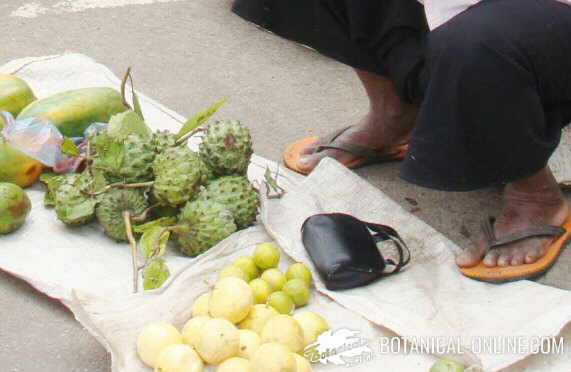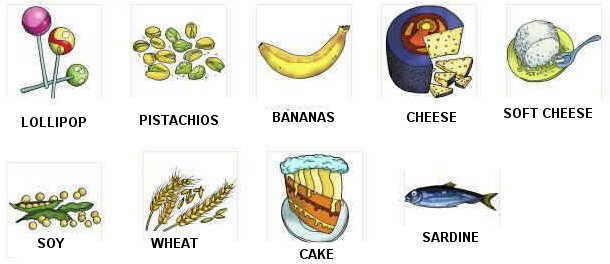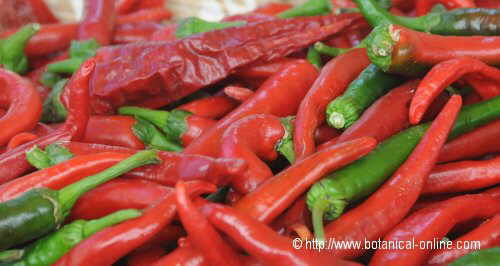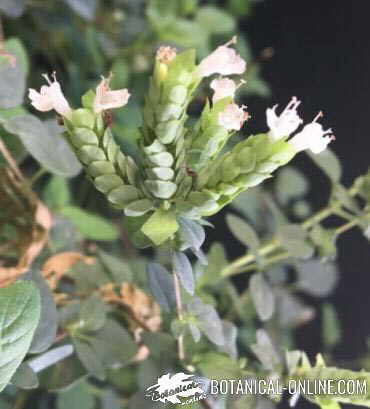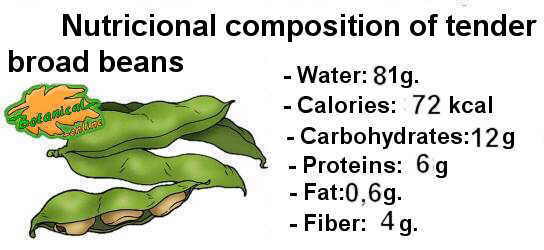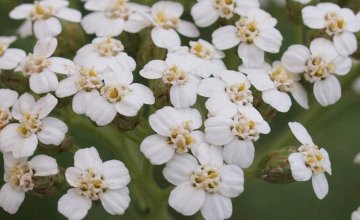Contents
Species, types and varieties of beech
Characteristics of the genus fagus
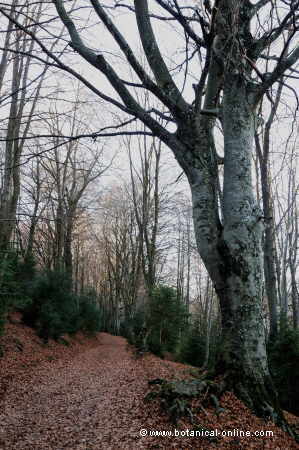
Within the family of the Fagaceae the genus Fagus is formed by 10 species of generally deciduous trees . (There are some evergreen shrubs) They are large trees that reach 40 meters high. They are distributed throughout Europe, Asia and North America, with Japan and China having the most species.
The beech trees stand out for their colorful leaves when autumn arrives. These turn golden yellow and give the landscape very aesthetic tones. The beech leaves are simple, alternate, whole or serrated and penninervous.
Its unisexual flowers are born in the same tree, being very uninteresting. They are whitish yellow and are grouped into groups. Male flowers contain 8-12 stamens that extend outward. Female flowers gather in groups of 2-6. Flower pollination is done by the wind.
From the feminine flowers the fruits are born when autumn arrives. They are nuts, in the form of a kind of bags covered with filamentous prominences inside which we can find the seeds, called beech nuts
Beech nuts, once used as food for people and pets, are a good food source for many wild animals. They are very rich in fats and carbohydrates. The leaves are also devoured by some insects.
What do beech trees need to grow?
- The beech trees live in the humid and temperate forests of the northern hemisphere.
- They prefer fertile, well drained soils.
- They resist the cold very well although they like to be protected from the wind.
- Species with purple leaves grow in very sunny places, while those with green or yellowish leaves need some shade.
Beech species and varieties
The main beech species are the following:
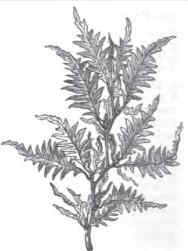
- European beech or common beech (Fagus sylvatica): It is the species that grows in Europe and has been studied in depth on this section.
The purpurea variants stand out for their dark red leaves. These are born from pink buds. When they are young, they have a cherry red color. When they reach the middle of summer, they reach a dark purple, almost black color. - American beech or North American beech (Fagus grandifolia): Grows in North America: in southeastern Canada, eastern United States and mountainous areas of central Mexico. In this last location, American beech is sometimes considered as a new species (Fagus mexicana)
- Oriental beech, Beech from Asia Minor (Fagus orientalis): It is distinguished from European beech by having more elongated leaves with expanded limb at the apex. Its fruits are also larger with flattened leaf-shaped prominences at their base, unlike the fruits of European beech that have filaments similar to blunt spines.It inhabits Greece, Turkey, the Caucasus and northern Iran in mountainous areas from 550 to 2000 meters. In some areas it mixes with European beech, becoming hybrids (Fagus x taurica). The more developed specimens can reach 45 meters, although they usually have an average height of about 20 to 30 meters.It is a beech that grows best as an ornamental tree in European areas after common beech. It is very decorative because its bright green leaves are colored bronze brown and tend to stay on top of the tree throughout the winter.Young seeds and leaves are also edible under the same conditions as other edible beeches. It is not attributed medicinal properties.
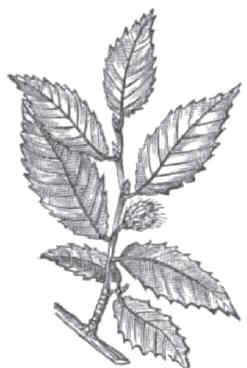
- Siebold’s beech, Japanese beech, or buna (Fagus crenata = F. Ferruginea = F. Asian = Fagus sieboldii Endl.): It grows in the northwest and southwest of Japan, where it constitutes an endemic species.It is a deciduous tree that can reach 35 meters high.Cultivated as ornamental species produce smaller trees with rounded and dense tops and branches that grow far below the trunk.Young seeds and leaves are also edible under the same conditions as other edible beeches.It is not attributed medicinal properties.
Other beech trees of the genus Fagus are:
- Fagus engleriana
- Fagus hayatae
- Fagus lucida
- Fagus longipetiolata
- Fagus mexicana
![]() More information on beech
More information on beech

